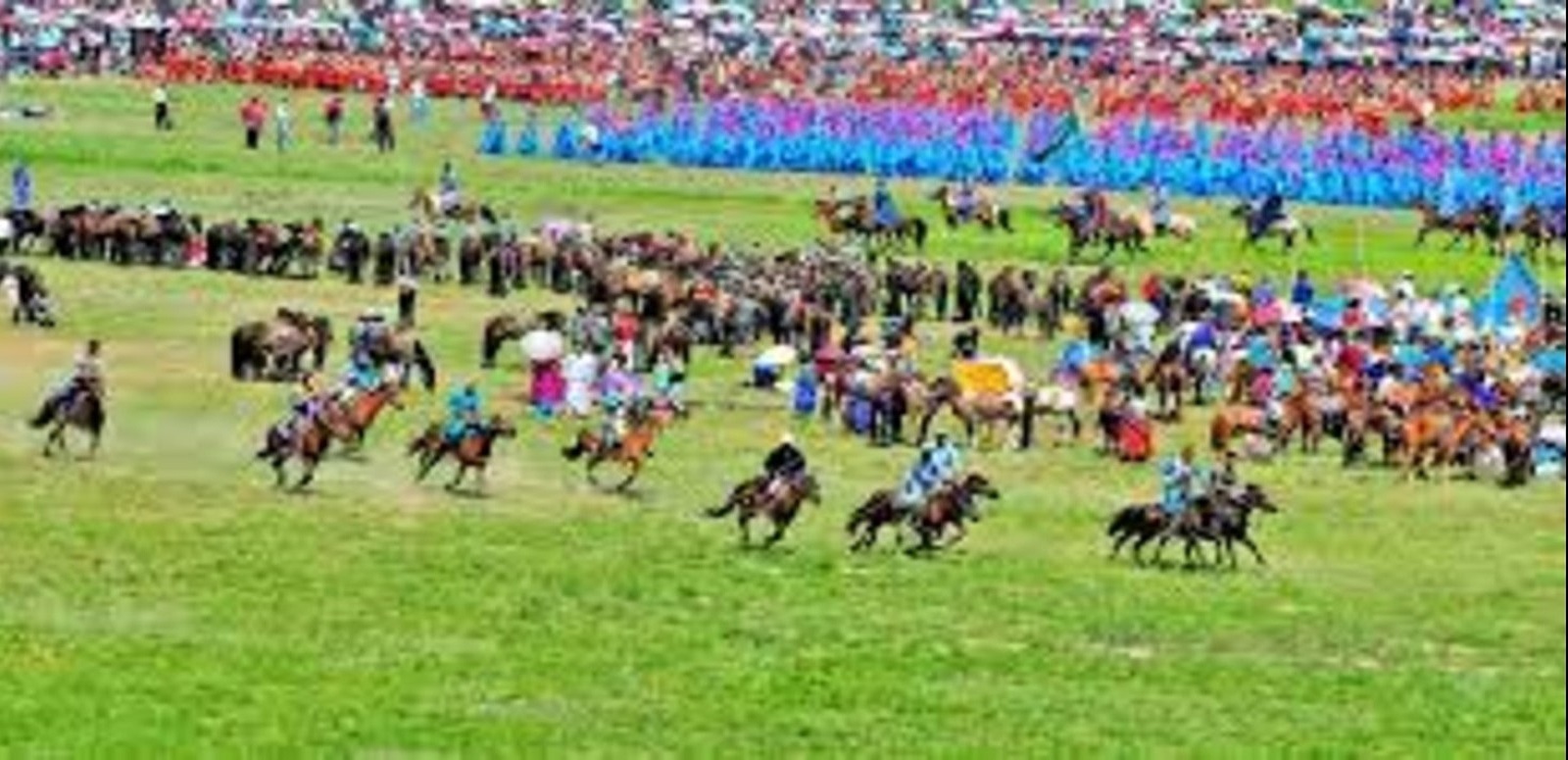Upon arrival at the airport, you will be welcomed by our team. We will take you to your comfortable and conveniently located hotel. Ulaanbaatar is a modern city that is rapidly growing, with a population of over 1.3 million people. Depending on what time you arrive, we can arrange for a tour of the city.
The city sightseeing tour includes a visit to the newly constructed Genghis Khan Museum, which happens to be the largest museum of the country. The museum houses a vast collection of over 8,300 artifacts that relate to the great Khans of the Mongol Empire and the history of Mongolia from the Xiongnu era to the end of the 20th century. A substantial portion of these collected artifacts is displayed in nine exhibition halls.
One of the must-visit attractions in the city is Bogd Khan's Winter and Summer Palace. It is a series of stunning traditional buildings where the eighth Living Buddha and the last king lived. The palace has now been transformed into a museum where visitors can see fascinating artefacts and costumes associated with the last king, as well as a collection of stuffed animals.
We will stop at the Gandantegchinlen Monastery.
It is the largest and most important monastery of Mongolia. We will scroll through the different monasteries and see the magnificent statue of Migjid Janraisig, an 82-foot-high statue gilded in gold and covered with silk cloths.
We'll finish the city trip with a view of Ulaanbaatar from Zaisan Hill. The city sightseeing tour takes about 4 – 5 hours.
Activities:
-Visit Genghis khan museum.
-Visit Bogd Khan winter and summer palace.
-Visit Gandan monastery.
-Visit Zaisan hill.
Hotel: 3 Star Hotel
Meal: Lunch & Dinner
The first stop will be 250 kilometres south in the lovely region of Baga Gazriin Chuluu. It’s a big granite formation smack dab in the centre of Mongolia’s sandy plain.
The remains of a small monastery known as Delgeriin Choir Monastery can be found on an open plain. You will be entering à Ger for the first time, and you will be greeted by a massive 12-walled structure. Monks use the ger, which is richly decorated and carved, to chant during the colder seasons when the stone monastery becomes too cold to be inside.
You can drive and hike around the area in the late afternoon. You’ll walk between massive endlessly piled granite rocky hills that appear to be placed and see the picturesque ruins of a small monastery hidden in a peaceful little protected valley. In the rocks of Baga Gazriin Chuluu, there is a small spring known for its eye-healing properties. Try dripping some magic water into your eyes to cure your eyes like the locals do.
Activities:
-Visit Choir monastery.
-Visit the impressive rock formation of Baga Gazar.
-Visit ruined monastery of one monk.
Hotel: Ger Camp
Meal: Breakfast, lunch and Dinner
After breakfast, we will embark on a journey towards the Gobi Desert. The landscape will dramatically transform from lush green grassland to rugged terrain that is hostile to life. We will reach Tsagaan Suvarga in the afternoon. The cliff stands 30 meters tall and has a width of 100 meters. The wind has intricately sculpted this remarkable structure over thousands of years.
Tsagaan Suvarga appears to be the remains of an ancient town with crumbling buildings from afar. Ancient depictions of people hunting ibex with long bows and petroglyphs depicting wild animals and cattle are painted and carved into the rocks. The caves here also contain various Turkic inscriptions, seals, and images.
From the upper slopes of a mountain down into the steppe, a fissure runs east to west. Strong mud columns rise from the depths below while looking through the fissure. The yawning chasm resembles the gaping jaws of some fantastic creature. Some of the caves have several chambers, one of which is over 70 meters long.
Activities:
-Visit Tsagaan Suvarga cliffs.
-Visit ancient petroglyph.
Hotel: Tsagaan Suvarga Ger Camp
Meal: Breakfast, lunch and Dinner
Today we will be driving to the South Gobi province town Dalanzadgad. The Gobi Desert extends through Mongolia and China, measuring 1,610 kilometres from southwest to northeast and 800 kilometres from north to south. It covers an area of 1,295,000 km2, making it the world’s fifth largest desert and Asia’s largest although most of the Gobi is coated in bare rock rather than sand.
During the winter months, the Gobi is a cold desert with frost snow on its dunes. In addition to being far north, it is situated on a plateau between 910 and 1,520 meters above sea level, which leads to the cold temperatures. The Gobi receives around 194 millimetres of rain per year on average. In the winter, snow blown from the Siberian Steppes enters parts of the Gobi, providing additional moisture. The Gobi experiences temperature extremes ranging from –40°C in the winter to +50°C in the summer due to these winds.
We will take a trip through the majestic Altai Mountain Range's breath-taking gorges. The Yolyn Am located in the Gobi Gurvansaikhan National Park, will be visited. Those green valleys were carved by ancient rivers.
Wild Argali sheep, Ibex, desert gazelles, and Golden Eagles are also sightings. We will also pay a visit to the park's small museum, which houses a collection of dinosaur bones as well as local flora and fauna.
Activities:
-Visit small museum of the park.
-Visit Yolyn am gorges.
Hotel: Ger Camp
Meal: Breakfast, lunch and Dinner
After a hearty breakfast, we'll travel 180 kilometres west to the Khongoryn Els. Mongolia's biggest sand dunes can be found here. The dunes, which can reach a height of 275 meters in some areas, extend for more than 100 kilometres from East to West. The sands have appealing curves that end in a sharp point, resulting in wave patterns on the sand. The impressive black rocky mass of Sevrey Mountain can be seen behind the sand dunes. The Gobi Desert is the world's coldest desert, with cold winds blowing almost the whole autumn, winter, and spring without any shelter uncovered in the plains, necessitating extreme survival methods of living. Gobi nomads are well-known in Mongolia for their dedication to hard work. Here, we will meet two humped camel breeding families and learn about their sweet, modest, hard-working, but incredible way of life.
Activities:
-Visit Khongoryn Els sand dune.
-Hike to the tallest dune.
-Visit camel breeding family.
-Possibility of camel riding at extra cost.
Hotel: Ger Camp
Meal: Breakfast, lunch and Dinner
Today’s drive will take us to Bayan zag, also known as the “Flaming Cliffs,” the world-famous site where palaeontologist Roy Chapman Andrews discovered dinosaur bones and eggs. The local scenery is a lovely blend of rocks, red sand, and scrubs. Spend some time exploring the cliffs while you are here. We will spend some time walking around the cliffs here.
Activities:
-Visit Bayan zag cliffs where the dinosaur skeletons and egg were found.
Hotel: Ger Camp
Meal: Breakfast, lunch and Dinner
Today you will travel to Ongi Monastery in the northwest. The ruins of two monasteries that face each other across the Ongi river in south-central Mongolia are known as Ongi.
The peace and beauty of the Delger Khangai Mountains will enchant you. On one side of the river, you'll visit the ruins of Ongi Monastery.
This vast series of rocky hills cut by the river can be explored on foot. The monastery's southern complex contains numerous administrative buildings as well as 11 temples. The northern complex, which was built in the 18th century, included 17 temples, including one of Mongolia's largest temples. There were four Buddhist universities situated on the grounds.
The monasteries were constructed in the 17th century and were demolished in 1937. They were among Mongolia's largest temples, housing over 1000 monks.
Today, a small monastery has been built between the ruins, and the remains of old monasteries are displayed in the Ger Museum.
Activities:
Visit the ruins of Ongi monastery
Hotel: Ger Camp
Meal: Breakfast, lunch and Dinner
Today we will be driving to Karakorum (also called Kharkhorin). Karakorum was the capital of Genghis Khan’s Mongolian Empire in the thirteenth century. In 1220, Genghis Khan ordered the building of Karakorum on the ruins of Turug and Uigur cities in the Orkhon valley at the eastern end of the Khangai Mountains. During the reign of Ugedei Khan, it was completed 15 years later. The town was very multicultural and culturally accepting.
The silver tree, which was once part of Möngke Khan’s palace, has become Karakorum’s emblem. From 1220 to 1260, it was at its most prosperous. Karakorum existed as the great capital of the Euro-Asian Empire, with Mongolia at its heart, and as the epicenter of politics, trade, culture, faith, intellect, and diplomacy, as well as the most visible link in international relations.
Between 1260 and 1380, Karakorum lost its status as the capital of the Great Mongolian Empire and became Mongolia’s capital. When Kublai Khan and his younger brother, Ariq Boke, assumed the throne of the Mongol Empire in 1260, they moved their capital to what is now Beijing. Karakorum was reduced to the administrative center of a Yuan Dynasty provincial backwater.
After 110 years after Kublai Khan transferred the Empire capital to China in 1260, the Mongolian Yuan Dynasty fell in 1368, and the center of Mongolian government was shifted to its homeland. It allowed Karakorum to regain its former glory.
The town was captured and destroyed by Ming troops under General Xu Da in 1388. Nothing remains of this legendary city today.
When Abtai Sain Khan and his brother, Lord Tumenkhen, went to the 3rd Dalai Lama in 1580 to express their desire to create a temple in Mongolia, he advised them to restore an old temple in Karakorum. The Main Zuu temple of Erdene Zuu monastery is a temple in Takhai ruins that was restored in 1588 at the Dalai Lama’s suggestion.
Erdene Zuu Monastery is now all that is left of what was once a massive monastery with 100 temples and over 1.000 lamas. You’ll walk around the grounds of Erdene Zuu Monastery, which is encircled by huge 400 m X 400 m walls. You will be guided around the 3 remaining temples: The Dalai Lama, Zuu of Buddha and Lavrin Temple.
The Karakorum Archaeological Museum will be another stop on your itinerary. It’s a tiny museum, but it’s housed in a new, well-run structure with good lighting and simple English labels on display cases. The displays contain hundreds of artefacts from the 13th and 14th centuries that were discovered in the immediate region, as well as those from other provinces’ archaeological sites, including prehistoric stone tools. Pottery, bronzes, coins, religious sculptures, and stone inscriptions are among the objects on display. A half-excavated kiln is also sunk into the museum floor. The scale model of ancient Karakorum, which attempts to reflect the city as it would have existed in the 1250s and is based on descriptions written by the French missionary William of Rubruck, is perhaps the most intriguing. A Turkic noble tomb with wall paintings and artefacts, including gold objects and jewels, is on display in another chamber. A short video of the actual burial site is available.
You can also visit the Turtle Rock and the Phallic Rock, as well as a small market that showcases local artists’ work.
Activities:
Visit Erdene Zuu monastery
Visit Karakorum archaeological museum
Hotel: Ger Camp
Meal: Breakfast, lunch and Dinner
We will return to Ulaanbaatar today. You can use your free evening to see as you fit. You will go and see the lovely cultural show and admire the contortionists while watching colorful and rhythmic Mongolian dances.
Activities:
Attend folklore show with throat singers
Hotel: 3 Star Hotel
Meal: Breakfast, lunch and Dinner
Two big festival days ahead of us starting with the opening ceremony, observe some of the wrestling matches, also the incredible archery contests and another favourite traditional game, ankle bone shooting. Watch a wonderful cultural show and dazzling fireworks later in the evening on main square or souvenir shopping, perhaps for some cashmeres are options as well.
Activities:
Opening ceremony
Wrestling
Traditional ankle bone shooting game
Archery
Hotel: 3 Star Hotel
Meal: Breakfast, lunch and Dinner
We will head out to see the finish line of the Naadam horse race. The longest horse race according to the Guinness Book of World Records. In the afternoon we will continue exploring Ulaanbaatar. In the evening we will attend the festival closing ceremony. The time will depend on when the wrestling competition finishes. It is different each year.
Activities:
Horse racing
Closing ceremony
Hotel: 3 Star Hotel
Meal: Breakfast, lunch and Dinner
Transfer to the airport.
Meal: Breakfast
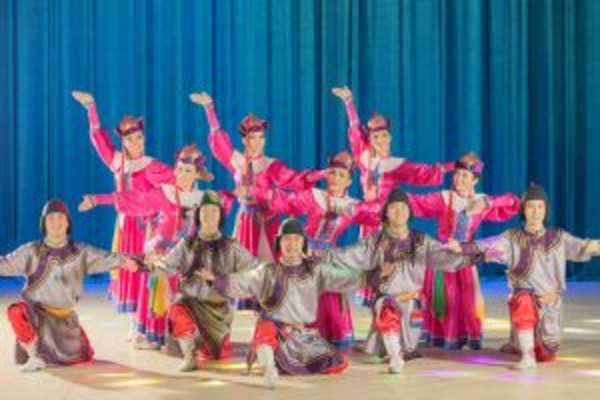
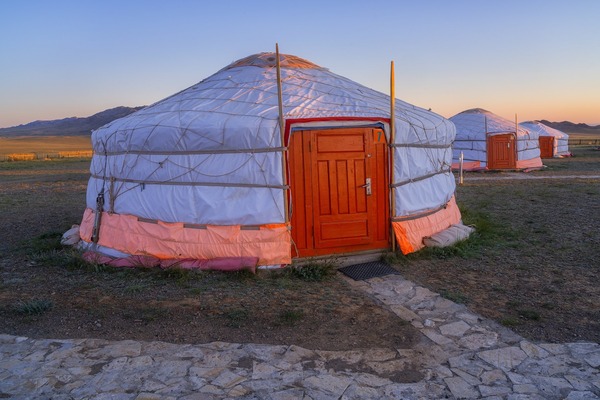
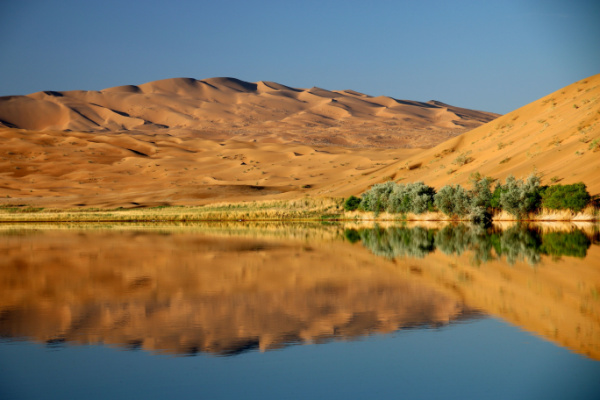
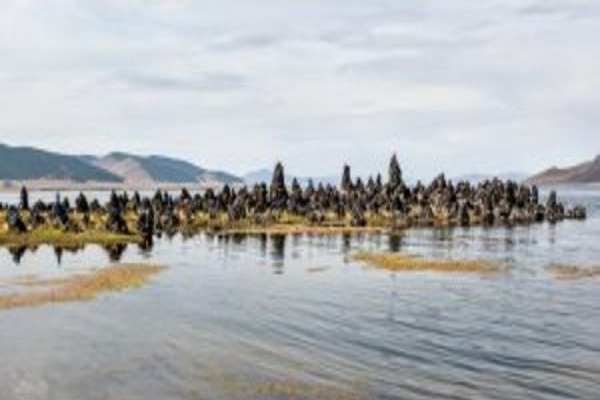
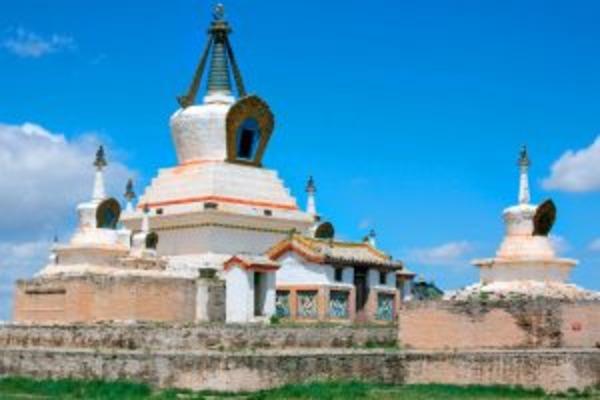

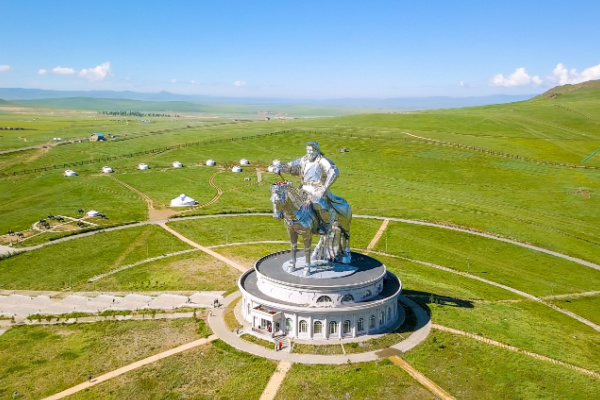
- Hotel in Ulaanbaatar
- City touring
- Accommodation
- Local transportation
- Airport transfers
- All meals except the first breakfast
- Tour guide
- National Park entrance fees/Museum and Monasteries entrance tickets
- Naadam entrance ticket
- Folklore show
- Medical, trip insurance and
- evacuation costs
- Alcoholic and soft drinks
- Visa cost
- Items of personal nature
The price is calculated on the base of at least 2 people on the tour.
The tour is calculated with mid-range accommodation options. In Ulaanbaatar good 3 star hotel and in the countryside the best available accommodations.
The tour can be arranged at slightly lower prices when we opt for home stay and tented camping.
All prices are indicative and starting from prices. Final price will be available based on availability and dates of travel.
REMARK: Naadam festival takes place on 11, 12 July'2024.

